“Variety is the spice of life.” And when it comes to your diet, that couldn’t be more true. While many of us aim to eat the rainbow with fruits and vegetables, rotating your greens is just as important, yet often overlooked! If you’re reaching for the same spinach or kale every day, you might be missing out on a wider spectrum of nutrients and benefits your body truly craves.
I sometimes eat multiple salads at different meals in a single day. Not always as the whole meal, but for part of a meal. On top of that, you probably know by now that I advocate drinking a Glowing Green Smoothie every day as part of our core morning ritual. So if you’ve been following the Beauty Detox diet, you’re obviously ingesting a whole lot of greens, which is a very awesome thing! So first of all, congrats!
We’re often creatures of habit, so it’s easy to get stuck in a routine of tossing the same kind of greens in your grocery cart, on your plate or into your blender over and over again. Thus falling into that habit isn’t just boring for your taste buds, it could also be depriving you of certain nutrients.
There have long been debates about whether kale or spinach is superior from a health standpoint, and the truth is, neither is really “better” than the other, as each has its own unique benefits. And let’s not leave out arugula, romaine, or collards, either — all of them have different perks to offer.
So, ready to rotate your greens? This guide should help get you started.
Why Rotating Your Greens Matters More Than You Think
We love our greens—but eating the same ones over and over can do more harm than good.
Many leafy greens naturally contain small amounts of compounds that can become problematic in excess. These aren’t “bad”—they’re simply plant defenses that our bodies are designed to handle in moderation.
- Oxalates, found in spinach and chard, can interfere with calcium absorption and may contribute to kidney stones or joint issues in sensitive individuals.
- Goitrogens, found in cruciferous veggies like kale and collards, can affect thyroid hormone function when consumed in large, uncooked amounts, especially if you already have thyroid concerns!
- Other greens, like beet greens or parsley, are rich in strong compounds that benefit your body in moderation, but may stress your liver or kidneys if overdone daily.
Of course, you don’t need to avoid these greens. you just need to rotate them!
By mixing up the types of greens you eat throughout the week, you give your body a variety of nutrients while minimizing the risk of any single compound building up. It’s about balance, not restriction.
Think of it as a beautiful dance with nature, each green offering something unique, each one having its season in your kitchen.
And with a little intention, you can enjoy all the benefits without the risks.
Before you start tossing new greens into your cart, it helps to understand how they’re grouped nutritionally. Let’s dive in!
Know Your Families of Greens
Rotating your greens across different families not only diversifies your nutrients, it also gives your body a break from any one plant’s natural compounds (like oxalates or goitrogens I mentioned earlier).
Here’s a quick guide to the main green families you’ll want to keep in rotation:
Cruciferae / Brassicaceae (The Detoxifiers)
These greens are rich in glucosinolates (compounds known to support liver detox and hormonal balance). Many are slightly bitter or spicy, which also stimulates digestion!
-
Kale – High in vitamin K, C, and calcium; great sautéed or blended.
-
Arugula – Peppery and energizing; rich in nitric oxide for blood flow.
-
Cabbage – Anti-inflammatory and versatile; great raw or fermented.
-
Collards – A southern favorite packed with fiber and detox support.
-
Radish greens – Often overlooked, but great for gut health!
-
Mustard greens – Pungent and high in antioxidants.
-
Bok choy – Mild and juicy; great in soups and stir-fries.
-
Broccoli / Brussels sprouts – Technically not “leafy” but part of the family; great for roasting and hormone support.
Amaranthaceae / Chenopodiaceae (The Mineral-Rich Greens)
These greens are iron-packed, great for blood health and energy. They also tend to contain oxalates, so rotating is especially important here!
-
Spinach – High in iron, folate, and magnesium.
-
Swiss chard – Rainbow beauty with anti-inflammatory phytonutrients.
-
Lamb’s Quarters – A wild green with a spinach-like profile.
-
Beet greens – Detoxifying and great for liver support.
(*Fun fact: Quinoa is in this family, too!)
Asteraceae (The Bitters & Builders)
These are often the leafy bases in salads. They’re cooling, hydrating, and help support liver detox and digestion.
-
Romaine lettuce – Crisp, cooling, and hydrating.
-
Leaf lettuce (red/green) – Gentle and easy on digestion.
-
Endive – Slightly bitter; great for bile flow and detox.
-
Dandelion greens – A powerhouse for liver support and skin clarity.
Apiaceae (The Aromatics)
These herbs do double duty: adding flavor and supporting digestion, detox, and even mood.
-
Parsley – High in vitamin C and a natural diuretic.
-
Dill – Calming for digestion and loaded with antioxidants.
-
Cilantro – Known for its ability to bind heavy metals and support detox.
How Different Greens Fuel Your Body Differently
By incorporating a wide variety of leafy greens into your diet, you’re more likely to ensure you’re covering all your bases in terms of vitamins and minerals. So let’s squash the idea that one type of greens is “better” than another!
Kale is A Nutrient Powerhouse
Kale, for example, has double the bone-strengthening calcium that spinach has. And yet, did you know that dandelion greens boast an even higher content of this element?
Along with other greens within the Cruciferae family, kale stands out for its high concentration of cancer-fighting antioxidants as well as anti-inflammatory nutrients. Kale is high in two kinds of antioxidants: flavonoids (with 45 different kinds!) and carotenoids, both of which help ward off oxidative stress and health issues related to it, such as cataracts.
Kale really shines, though, by being a key source of phytochemicals, such as glucosinolates. These compounds are broken down into smaller ones (called isothiocyanates), which can trigger the body’s cancer-prevention activity as well as its detoxification system.
One cup of cooked kale also has a whopping 1327% of your RDI (recommended daily intake) of vitamin K (the highest concentration of leafy greens), which is crucial for bone health as well as blood clotting. It also has an impressive 354% of your RDI of immune-boosting vitamin A, which plays a major role in skin and eye health. Plus, it has 89% of your RDI of vitamin C, which helps protect against heart disease, decrease LDL (“bad”) cholesterol, and repair and regenerate tissues.
Spinach for Iron, Folate, and Sleep Support
Spinach, on the other hand, is higher than kale in iron (which, it’s worth noting, is critical for women who are pregnant or plan to be, according to recent research). Moreover, it’s higher in the B vitamin folate, an essential component of prenatal vitamins as it can prevent a number of problems in developing fetuses, such as neural tube defects [1].
Like other B vitamins, folate is involved in homocysteine metabolism — by lowering homocysteine levels, it can reduce cardiovascular disease risk [2].
Moreover, studies have shown that it can reduce the risk of lung, pancreatic, esophageal, stomach, cervical, ovarian, breast, and other cancers. Seeking better quality Zs? Spinach boasts six times more magnesium than kale, and magnesium is key for muscle relaxation (thereby also warding off pesky cramping) and overall restful sleep [3].
Let’s not forget that spinach has its fair share of carotenoids as well. Its epoxyxanthophylls are known to protect against specific types of cancer (such as prostate cancer), as well as reduce inflammation. Its varied carotenoids, which also include lutein, zeaxanthin, and beta-carotene, can also prevent cardiovascular and bone problems.
Romaine: Underrated but Nutrient-Dense
Romaine lettuce gets a bad rap for being inferior as far as leafy greens go, so let’s clear that up stat! It is NOT to be confused with iceberg lettuce, first of all! And with 164% of your vitamin A RDI in just two cups, this lettuce can fight off free radicals that lead to a range of diseases and conditions, including cancer, heart disease, and arthritis.
Romaine is also a stellar source of potassium, which can reduce blood pressure (a major risk factor for heart disease), while also helping to maintain muscle strength. By the way, if you thought you had to fill up on nuts and fish to get your omega-3s, consider that one head of romaine contains 44% of your RDI of these essential fatty acids.
Romaine is rich in a number of key minerals, including copper and potassium (with 33% of your RDI for both), as well as manganese (with 42%of your RDI). Plus, it’s a great choice if you have suffered any issues with calcium oxalate kidney stones, as it’s very low in the anti-nutrient oxalic acid.
Tips & Tricks: Daily Green Rotation Made Easy
Here’s how to make rotating your greens into second nature, without overthinking it!
1. Rotate by Family, Not Just Texture
Stick to one green per botanical family each week. For instance, if you use romaine lettuce for several meals, switch out for kale or chard the following week. Your body benefits from distinct nutrient profiles, not repeats.2.
2. Switch Up Your Preparation Styles
-
-
Raw: Preserves enzymes (especially in cruciferous greens) which convert nutrients into cancer-fighting compounds.
-
Cooked: Makes fiber and phytonutrients like carotenoids more bioavailable and digestion-friendly.
Aim for both styles across the week!
-
3. Make Smoothies Your Playground!
With Glowing Green Smoothies or GGP, 70% of the base is greens—perfect for experimentation. Rotate between spinach, Swiss chard, cilantro, parsley, and arugula. Try seasonal combos and enjoy the creative process.
4. Add in Glowing Greens Powder
even the most well-intentioned meal plan gets repetitive! Adding Glowing Greens Powder into your daily routine is a super easy way to add diversity to your diet without any extra prep!
It’s packed with unique supergreens you’re likely not getting in your daily meals:
- Amalaki: A powerful source of vitamin C and antioxidants, known in Ayurveda as the “Fountain of Youth.”
- Spirulina: A nutrient-dense algae that combats free radicals and supports healthy aging.
- Chlorella: Supports detoxification and a clear, healthy complexion.
- Moringa: A potent plant packed with minerals, amino acids, and inflammation-fighting nutrients.
- Ashitaba: A rare green with powerful longevity benefits and support for cellular regeneration.
Just one scoop a day in your smoothie, water, or salad dressing brings in an entirely new spectrum of nutrients, plant compounds, and greens from families you’re probably not rotating in often enough. Think of it as your green insurance policy during those busy weeks when your meals get a little too routine!
5. Try These Green-Rich Recipes
Here are some nourishing, easy-to-make recipes designed to help you rotate–and relish–your greens:
-
“Cheesy” Popped Lentil & Broccoli Salad (Cruciferae + legumes)
-
Tropical Watercress Citrus Salad (Cruciferae, juicy & cooling)
-
Spirulina Spinach Salad (Amaranthaceae + algae superfood)
-
Vegan Cheesy Broccoli (Cruciferae + plant-based protein)
-
Spinach, Veggie & Red Lentil Stew (Amaranthaceae + legumes)
-
Vegan Mushroom, Kale & Parsley Tom Kha Soup (Cruciferae + Apiaceae herbs)
-
Hearty Lentil & Kale Soup (Cruciferae + protein-rich greens)
-
Kale Quinoa Energy Salad (Cruciferae + whole grains)
-
Tempeh Gyro Lettuce Wraps (Apiaceae + plant-protein wrapped in greens)
Don’t Just Eat Greens! Rotate Them!
By getting curious and intentional with your greens, you invite a broader spectrum of nutrients, support your detox pathways, and protect your long-term health.
Keep it playful, seasonal, and creative, and let your meals nourish you in a deeper way, one vibrant bite at a time!
In love and health,
Kimberly
[2] Effects of lowering homocysteine levels with B vitamins on cardiovascular disease, cancer, and cause-specific mortality: Meta-analysis of 8 randomized trials involving 37 485 individuals.
[3] Will mandatory folic acid fortification prevent or promote cancer?

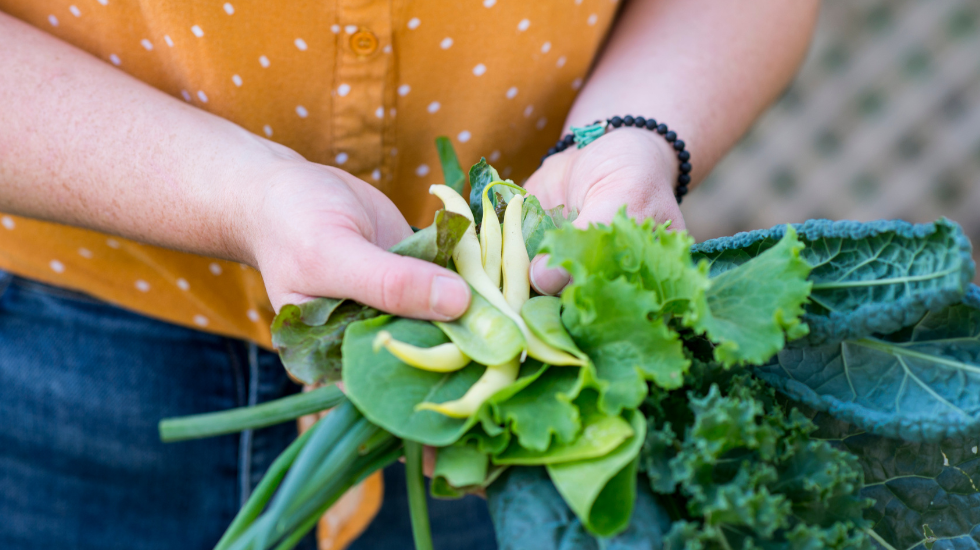
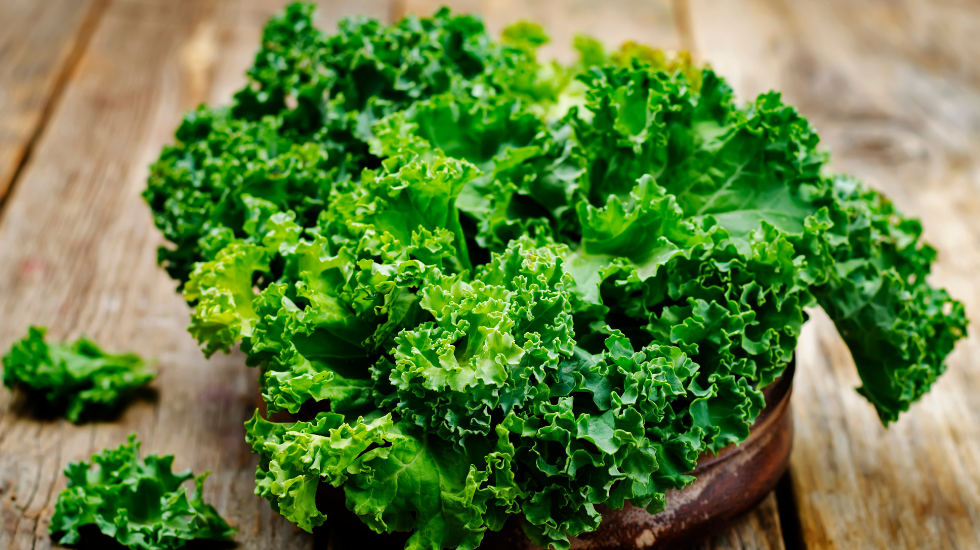
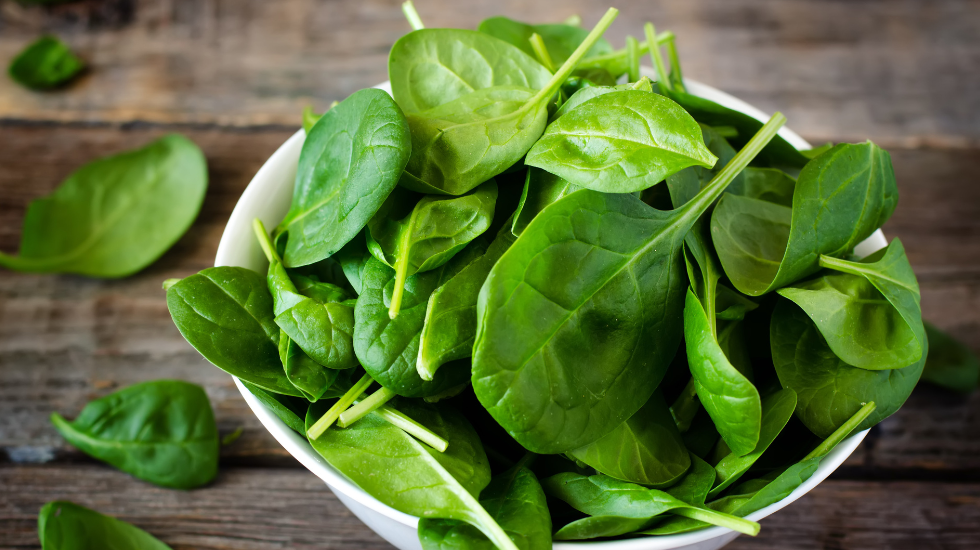
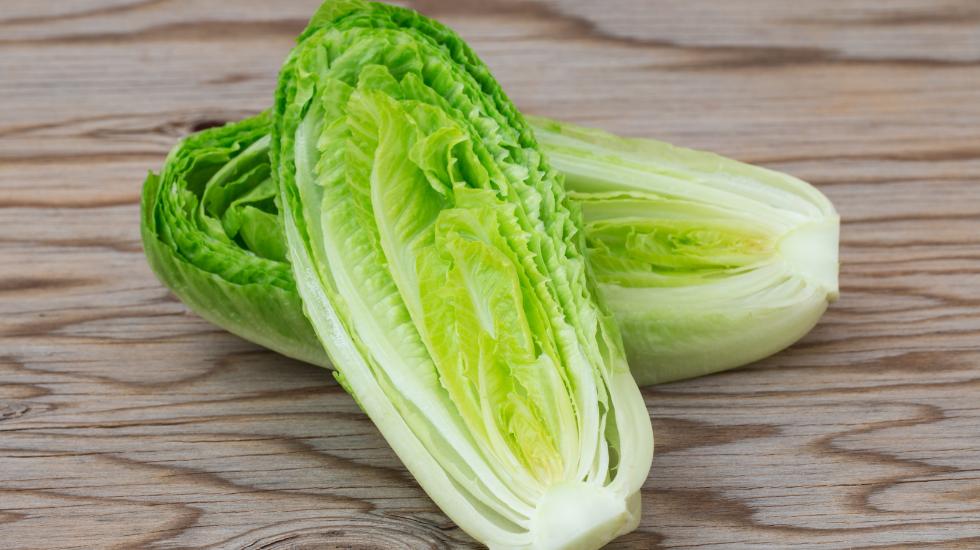
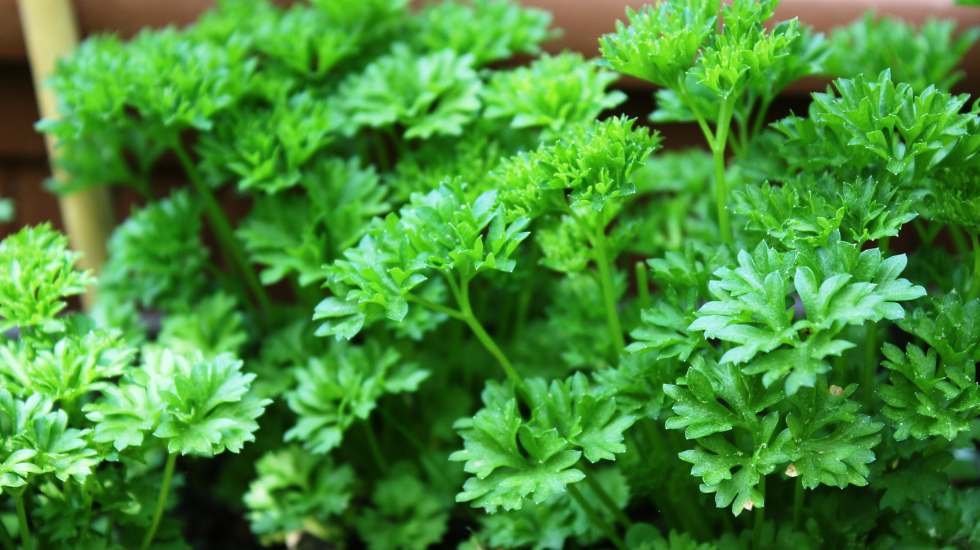
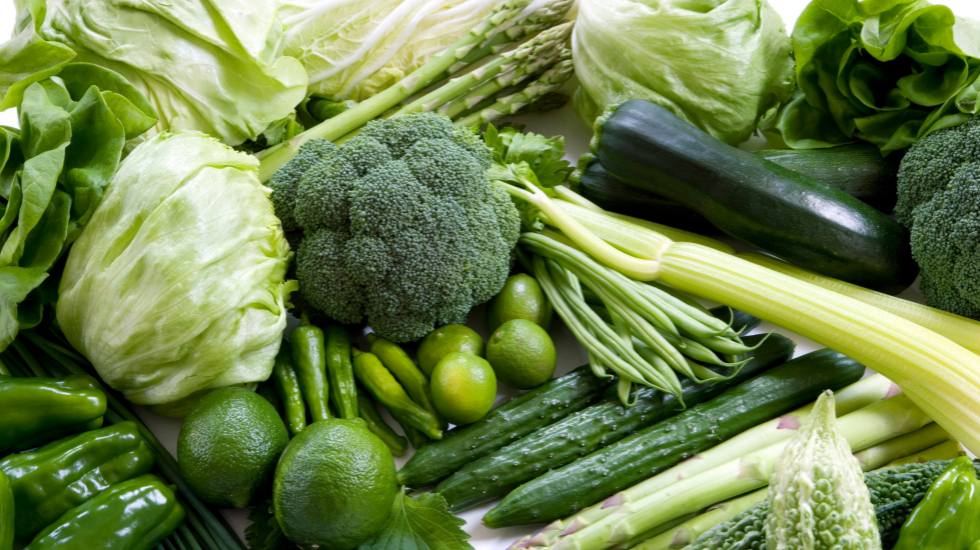


I have greens from all 4 groups almost every day. Is that bad? What should I do?
Hi Leslie and thanks for your great question. As you have read in this post, I do encourage rotation and it sounds like you’re doing just great with this. However, if you’re having any concerns, try to use two greens a day and then switch those out for the others the next day. You can change it up every other week and stick to using four greens a day and then back to two and see if you find your body reacting to the changes. I highly encourage using a journal to keep track of the changes and how you’re feeling. Let us know how you do and keep up the great work. Lots of love and support to you! ;)